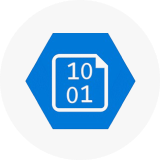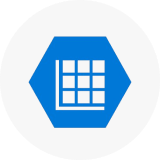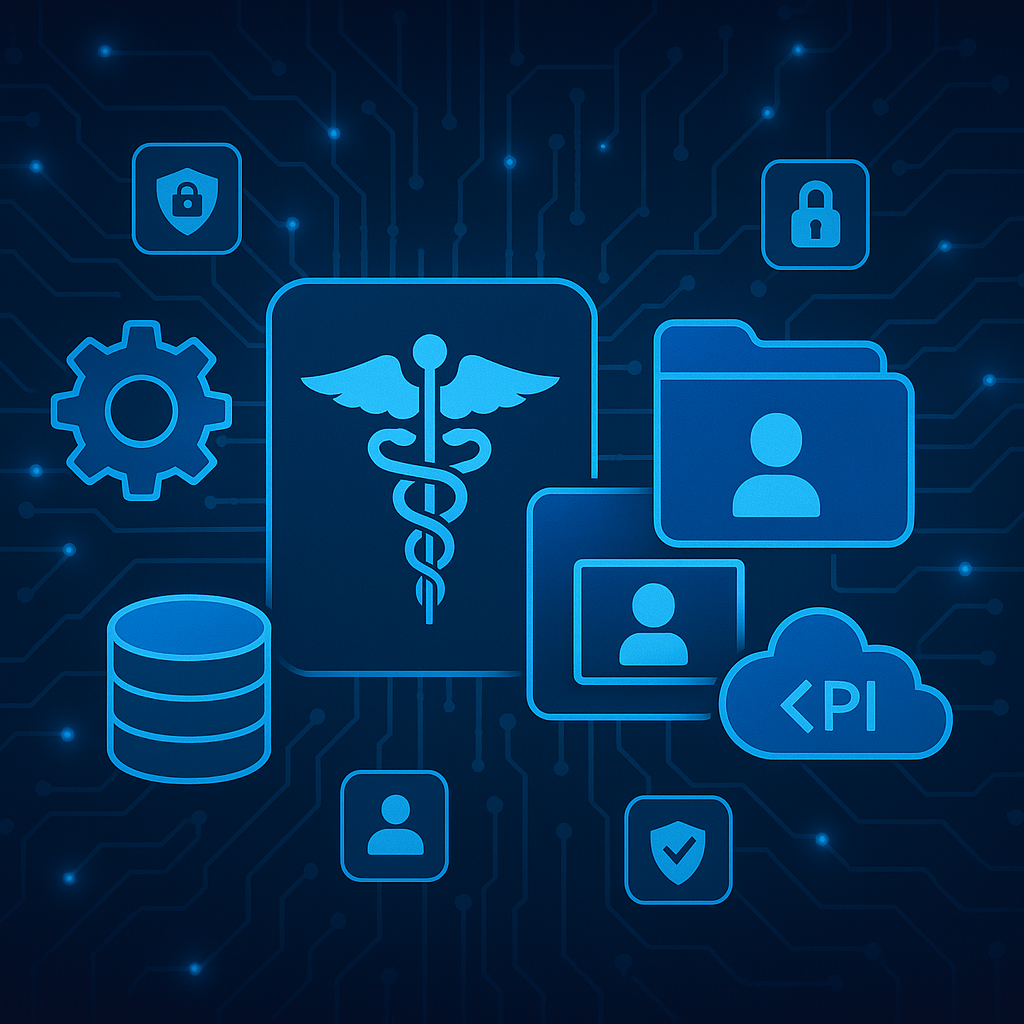Best No Code REST API Platforms for Secure Healthcare ERP & EHR Integration
Why this list matters
Healthcare organizations are under growing pressure to connect legacy EHR (Electronic Health Record) and ERP (Enterprise Resource Planning) systems while safeguarding patient privacy and meeting strict compliance standards.
Most of these systems — Epic, Cerner, MEDITECH, Infor, Oracle, SAP, and others — rely on enterprise-grade databases like Oracle, SQL Server, IBM DB2, SAP HANA, InterSystems IRIS, and PostgreSQL. Building and securing custom APIs for each can take months and create compliance risk.
How we picked these (no-code criteria)
We evaluated platforms based on their ability to:
- Generate REST APIs automatically from common healthcare databases: Oracle, Microsoft SQL Server, IBM DB2, SAP HANA, InterSystems IRIS/Caché, PostgreSQL.
- Provide built-in security (RBAC, OAuth2, SAML, LDAP, logging, encryption).
- AI safety: expose data to AI via governed APIs (not raw DB); MCP-friendly.
- Support on-premise, self-hosted cloud, or air-gapped deployments.
- Align with HIPAA, HITRUST, SOC 2, and ISO 27001 standards to protect PHI.
1) DreamFactory — No-Code REST (with Low-Code when needed)
Why it’s #1:
DreamFactory instantly generates fully documented REST APIs from databases like Oracle, SQL Server, IBM DB2, SAP HANA, InterSystems IRIS, and PostgreSQL.
It’s both no-code for automatic API creation and low-code for advanced scripting when validation or business logic is needed. And the only platform with an AI Data Gateway that securely exposes data to AI.
Security & governance
- RBAC at endpoint, verb, and field levels.
- Authentication via OAuth2, SAML, LDAP/Active Directory, or API keys.
- Full request/response auditing and PHI redaction.
- Compliance alignment: HIPAA, SOC 2, GDPR, ISO 27001.
- AI safety: expose data to AI via a fully secured AI Data Gateway with built in MCP Server
Deployment
- On-premise: inside hospital or government networks.
- Self-hosted cloud: private or regulated clouds (AWS, Azure, GCP).
- Air-gapped: fully offline operation.
2) Denodo Platform — No-Code REST via Data Virtualization
Creates a virtualized layer across Oracle, SQL Server, DB2, SAP HANA, and InterSystems IRIS, then publishes them as REST or GraphQL APIs without moving data.
Security & governance
- Row/column/field-level masking, encryption, and access control.
- Full lineage, metadata tracking, and auditing.
- HIPAA/HITRUST-aligned; customer-managed compliance.
Deployment: on-premise, private cloud, or hybrid.
3) Progress DataDirect Hybrid Data Pipeline — No-Code OData/REST
Generates OData or REST APIs for databases like Oracle, SQL Server, IBM DB2, SAP HANA, MySQL, and PostgreSQL, with zero coding.
Security & governance
- OAuth/JWT authentication, policy enforcement, throttling.
- Role-based access control and detailed audit logs.
- Self-hostable for HIPAA-supportive architectures.
Deployment: on-prem or private cloud; suitable for restricted networks.
4) WSO2 (API Manager + Micro Integrator) — No-Code Config & Fully Self-Hosted
Turns any JDBC source (Oracle, SQL Server, MySQL, DB2, PostgreSQL, etc.) into REST through configuration files—no coding required.
Security & governance
- OAuth2/JWT, mTLS, and key validation.
- Policy-driven quotas, rate limiting, and logs.
- 100 % self-managed, open-source; HIPAA-aligned when properly configured.
Deployment: bare-metal, VM, or container; supports full air-gapped isolation.
5) Boomi (AtomSphere + API Management) — No-Code Flows & Local Runtime
Builds integrations visually (no code) and exposes them as REST APIs using connectors for Oracle, SQL Server, IBM DB2, SAP HANA, MySQL, and PostgreSQL.
Data stays local via Atom/Molecule runtimes.
Security & governance
- OAuth2/SAML, API throttling, policy enforcement.
- SOC 2 Type II; HIPAA BAA available.
- Local encryption and runtime isolation.
Deployment: hybrid—local execution, cloud control plane.
Comparison Overview
|
Platform |
Speed to REST |
DB Coverage |
Security Stack |
Deployment |
Compliance Support |
|
DreamFactory |
Minutes |
Oracle, SQL Server, DB2, HANA, IRIS, PostgreSQL |
RBAC, OAuth/SAML/LDAP, Audit |
On-prem or self-hosted cloud |
HIPAA, SOC 2, GDPR, ISO 27001 |
|
Denodo |
Fast (Virtualized) |
Oracle, SQL Server, DB2, HANA |
Row/Column Security, Masking |
On-prem / Hybrid |
HIPAA, HITRUST |
|
WSO2 |
Config-driven |
JDBC Sources |
OAuth2, JWT, Policy Gateway |
Fully On-prem |
HIPAA-aligned |
|
Boomi |
Low-code |
Major RDBMS |
OAuth2/SAML, Policy Mgmt |
Hybrid (Local Atom) |
HIPAA BAA, SOC 2 |
|
Progress DataDirect HDP |
Fast (no-code OData/REST) |
ODBC, JDBC, OData, or REST |
OAuth/JWT, Policy Controls, Audit |
On-prem / Hybrid |
HIPAA-Supportive |
Final Take
For healthcare organizations connecting EHR and ERP databases under HIPAA and data-residency mandates, no-code REST API platforms are now a practical path to interoperability.
- DreamFactory leads for speed, governance, AI Ready, and deployment flexibility—no-code when you need automation, low-code when you need logic.
- Denodo and DataDirect excel in data-virtualization and standardized OData/REST exposure.
- WSO2 gives complete self-hosting and air-gap control.
- Boomi offers rapid results with a broad connector library and hybrid execution model.
Together, these five form the current benchmark for secure, compliant, no-code REST API generation in healthcare—modernizing integration without exposing PHI or sacrificing control.
FAQ’s
1. How do these platforms support HIPAA compliance?
Most platforms listed — such as DreamFactory, Denodo, Boomi, and MuleSoft — align with HIPAA by offering:
- Encryption for data in transit and at rest.
- User authentication via OAuth2, SAML, or LDAP.
- Role-based access control and detailed audit logs.
- Data masking or redaction to protect PHI exposure.
However, compliance depends not just on technology but also on configuration, deployment, and operational controls implemented by the healthcare organization.
2. Can I deploy these platforms in a fully offline or air-gapped environment?
Yes, some platforms — notably DreamFactory and WSO2 — support full on-premise or air-gapped deployment, making them ideal for hospitals, government, and classified networks where internet access is restricted or prohibited.
3. What’s the difference between no-code and low-code in healthcare API integration?
- No-code: Enables automatic REST API generation from databases without writing code (e.g., DreamFactory auto-generates endpoints instantly).
- Low-code: Allows customization through scripts or visual tools for validation, business logic, or integration workflows (e.g., DreamFactory, Boomi or MuleSoft).
Most modern healthcare API tools blend both approaches to provide speed and flexibility.
4. How do these platforms handle AI integrations securely?
Platforms like DreamFactory are “MCP-ready,” allowing AI systems (like OpenAI, Claude, or LangChain) to interact with governed APIs instead of raw databases. This ensures that AI agents only access approved data fields with full auditing and PHI masking in place.
Kevin Hood is an accomplished solutions engineer specializing in data analytics and AI, enterprise data governance, data integration, and API-led initiatives.
























 Blog
Blog



